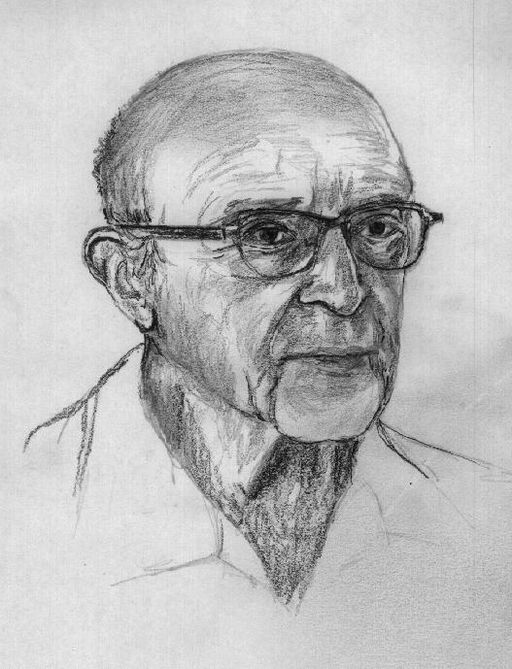Maslow vs Rogers
Understanding the distinctions between Abraham Maslow and Carl Rogers and their humanistic theories may be of interest to those in the field of psychology. Both Maslow and Rogers are founding figures of Humanistic psychology, an approach that emphasizes positive mental health, personal growth, and inner strength. However, there are differences within this approach, particularly regarding self-actualization theories. Maslow focuses on the self-actualization of individuals, while Rogers expands on this by stressing the importance of the environment in assisting a person to become self-actualized. In this article, we will explore the key ideas of Maslow and Rogers and the differences between their theories.
Abraham Maslow’s Theory
Abraham Maslow was a renowned American psychologist who conducted extensive research on the human mind using a humanistic approach. He is best known for his Hierarchy of Needs, a pyramid-shaped structure representing a set of needs that must be met in order for an individual to progress to the next level. The hierarchy begins with physiological needs at the base, followed by safety, love and belonging, esteem, and self-actualization at the top. Self-actualization is the attainment of the highest form of human potential, allowing a person to be in harmony with themselves, others, and the world around them. Maslow identified specific qualities of self-actualized people, such as uniqueness, simplicity, self-sufficiency, justice, goodness, and a sense of completion. He also explored the concept of peak experiences, which are more common in self-actualized individuals and involve a state of total acceptance and harmony with oneself and one’s surroundings.
Carl Rogers’ Theory
Carl Rogers was another influential American psychologist who made significant contributions to humanistic psychology. Rogers held a very positive view of people, believing them to be inherently good and creative. His theories are based on this optimistic perspective. Key concepts in Rogers’ theory include the self, which he believed was made up of three parts: the ideal self (what a person aspires to be), self-image (the actual self), and self-worth (a person’s self-esteem).
Rogers also posited that when a person’s self-image and ideal self are closely aligned, a state of congruence occurs, in which the person’s perceived self and desired self are consistent. When a congruent individual experiences unconditional positive regard, or genuine love and acceptance without any restrictions, they can reach a state of self-actualization, which represents the highest potential a person can achieve.
Key Takeaways
- Both Maslow and Rogers are central figures in humanistic psychology, emphasizing personal growth and inner strength, but they differ in their theories of self-actualization.
- Maslow’s Hierarchy of Needs highlights the progression from physiological needs to self-actualization, while Rogers’ theory focuses on the alignment of self-image and ideal self, as well as the importance of unconditional positive regard for achieving self-actualization.
- Rogers expands on Maslow’s concept of self-actualization by emphasizing the role of the environment, particularly empathy, genuineness, and acceptance, in fostering personal growth.
